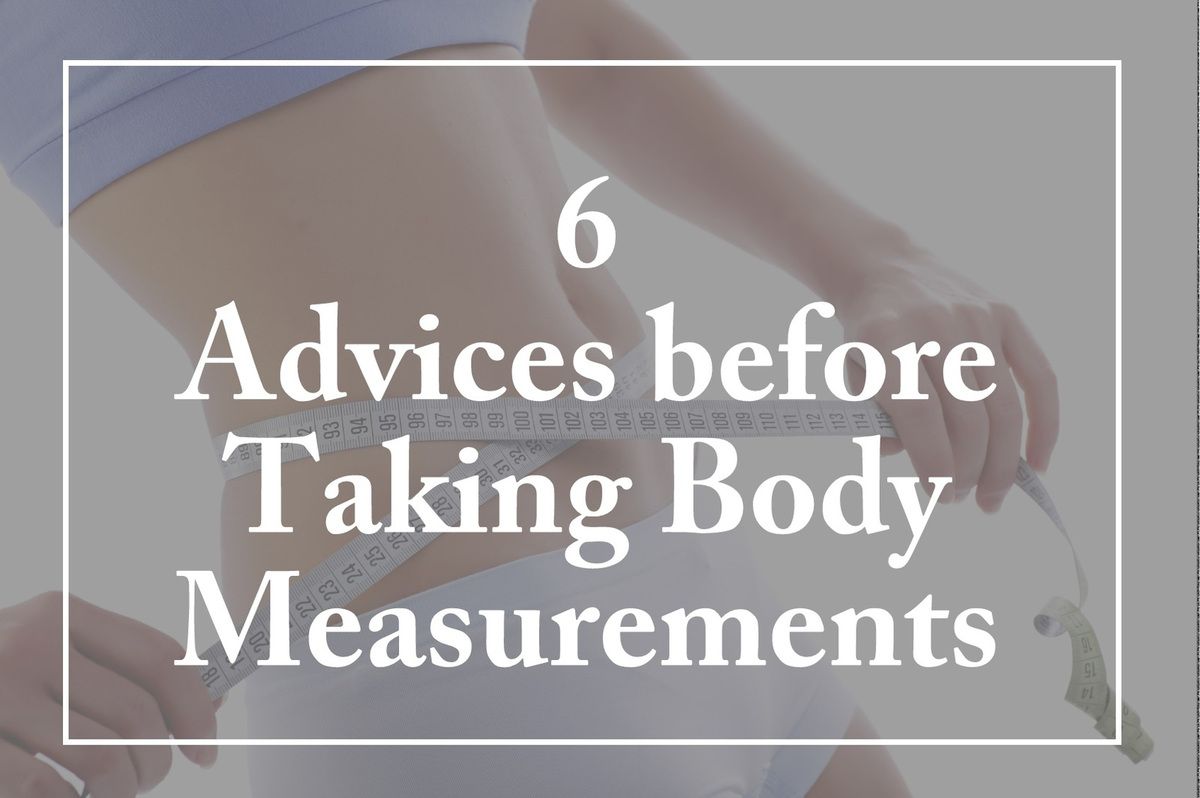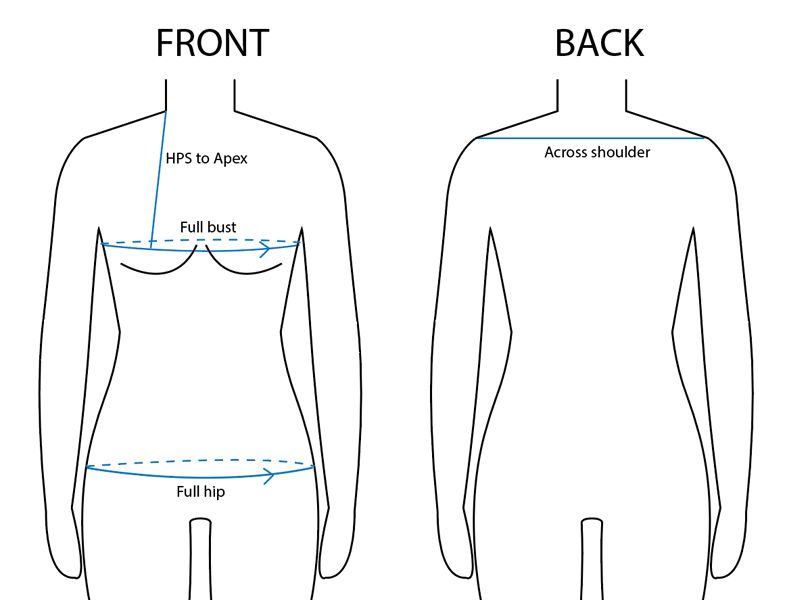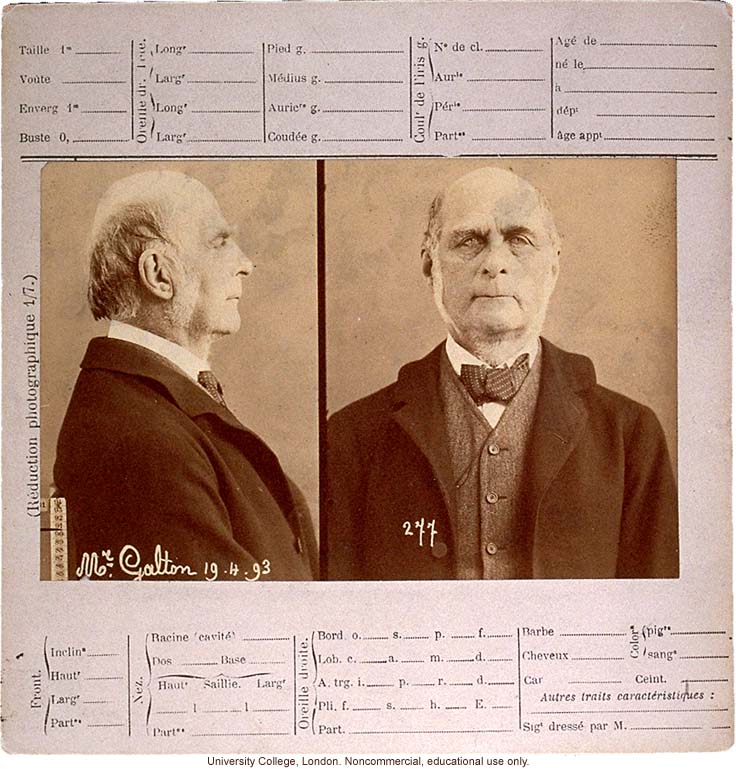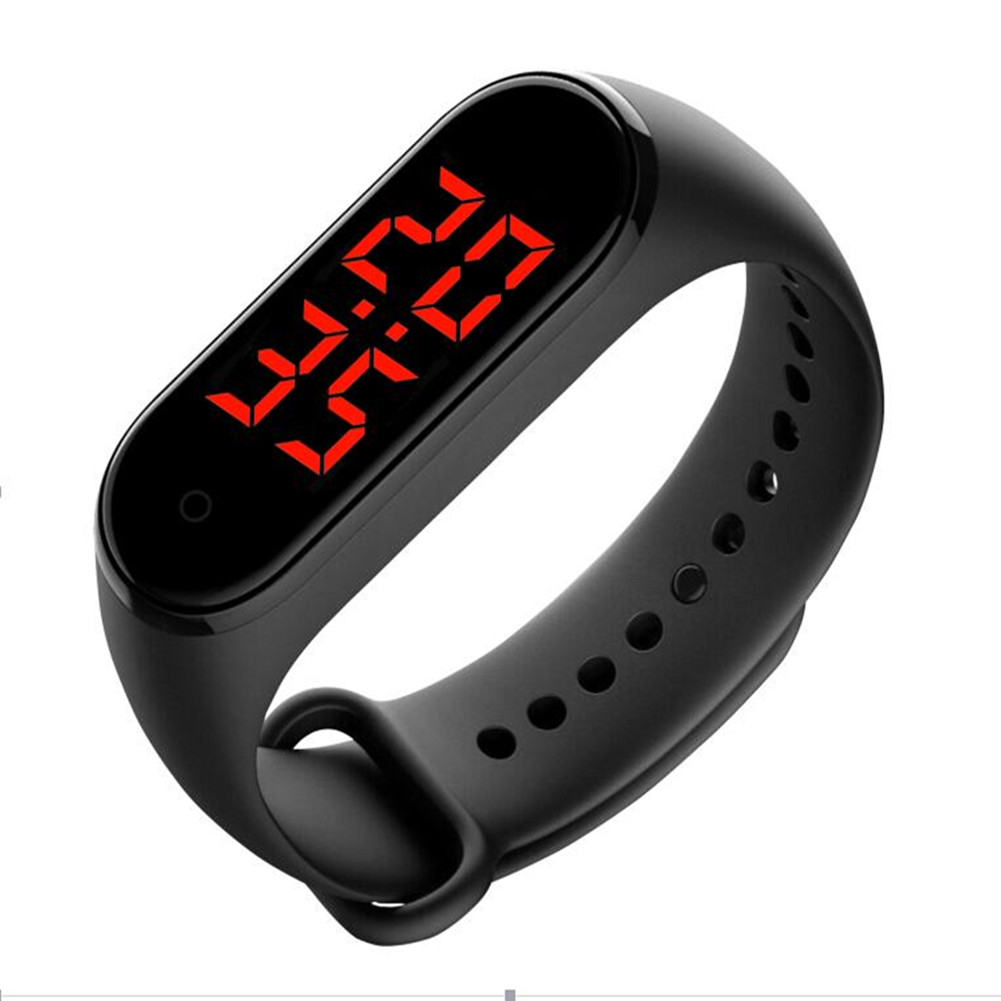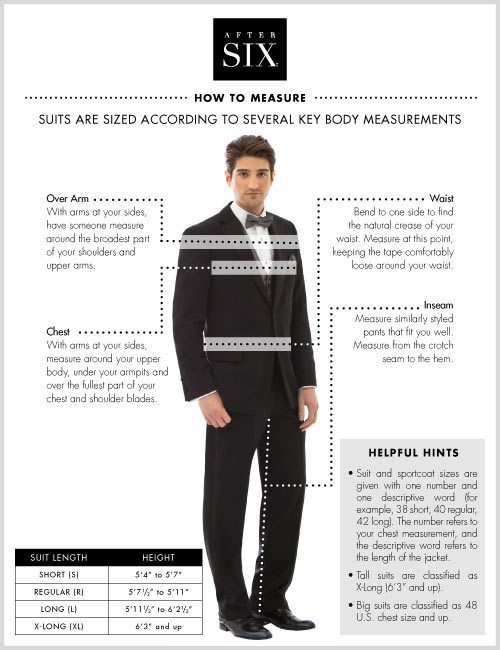
Key Body Measurements
B waist measure the waist where the body bends. Measure all around the body total circumference. Keep the feet together relax your muscles and stand up straight. Manual measuring requires a high degree of skill and is time consuming. It gives an approximate measure of your total body fat and indicates whether youre overweight or obese. You can put an elastic band around the waist to mark the correct placement.
Pull the tape tight keeping pressure against but not pinching the skin and ensure the tape is kept level and not. It helps to bend side to side to identify exactly where to measure. Consistency is essential measure under the same conditions and using the same equipment each time. Body measurements are a prerequisite to pattern construction. Or hips the tape is level and not too tight or too loose. Generally take measurements in an unflexed state and before your workout not after.
Also make sure that when you circle your chest waist. To get the most accurate measurements use a cloth tape measure not a metal one and measure yourself on your bare skin not over clothes except for your inseam. The size and fit of a garment depends upon the accuracy. Measure the circumference of your chest. A bust measure the bust at the fullest part. At present we are in the transition between traditional manual measuring by tape measure and computerised body scanning or using photographic systems.
Check out the easy to follow instructions for getting accurate measurements for each body part below. Being overweight or obese is a risk factor for other diseases and conditions such as diabetes heart disease hypertension osteoarthritis and some cancers. Body mass index bmi is a measure of your weight relative to your height. Place one end of the tape measure at the fullest part of your bust wrap it around under your armpits around your shoulder blades and back to the front to get the measurement.
Random Post
- dev body measurement
- kate hudson body measurement
- best body measurement app android
- maisie williams body measurement
- jeremy buendia body measurement
- lace body measurement
- jaco de bruyn body measurements
- years body measurement
- pia mia body measurement
- jennifer tilly body measurement
- blackpink jisoo body measurement
- what is a bra measurement
- male vs female body measurements
- taking body measurement lesson plan
- figure length body measurement
- body measurement natalie alyn lind
- arjun bijlani body measurement
- body temperature measurement sites
- body fat measurement auckland
- emily ratajkowski body measurement
- digital body measurement
- body measurement and weight tracker
- zain imam body measurement
- isha talwar body measurements
- the measurement of overall body size in birds
- body temperature measurement using raspberry pi
- bwd body measurements
- body fat measurement where to buy
- as body measurements
- rai laxmi body measurement
- bra measurement shoulder
- resmi r nair body measurements
- sara ali khan body measurement
- body measurement size 12
- what is the study of measurement and proportion of the human body
- yash kgf body measurement
- body measurement open source
- temperature of body measurement
- deedar body measurement
- downloadable body measurement chart
- body measurements weight lifting
- sarah silverman body measurement
- body measurement gqom
- bhagyashree mote body measurement
- venus williams body measurement
- hardik joshi body measurement
- robin wright body measurement
- sania saeed body measurement
- maryse ouellet body measurement
- model body measurements female cm





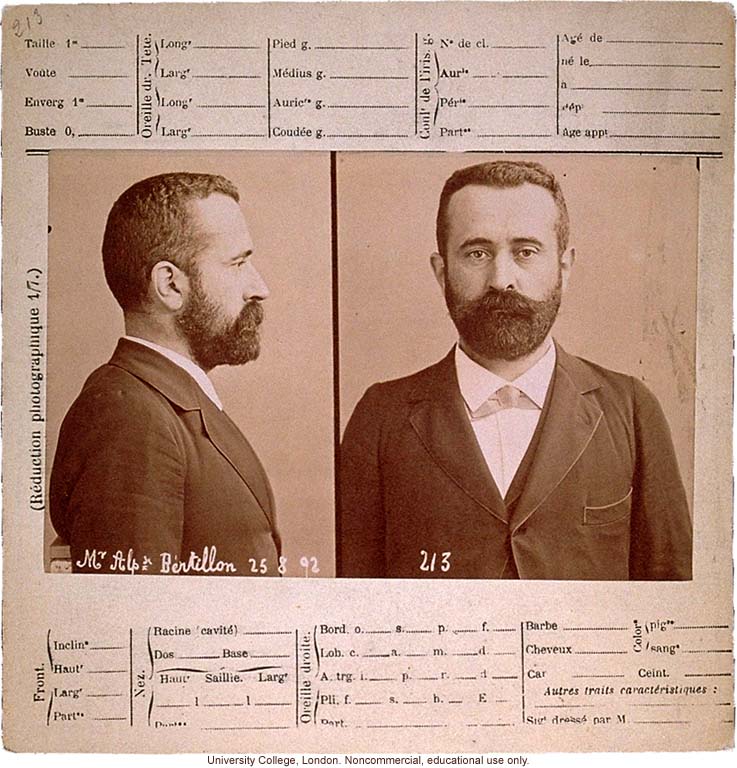
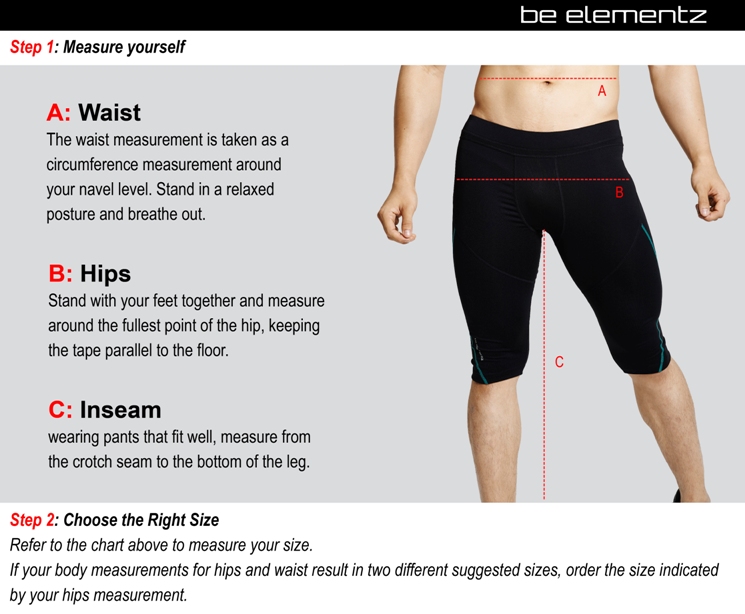


:max_bytes(150000):strip_icc()/white-tape-measure--tape-measuring-length-in-meters-and-centimeters--619528488-5ad8aa5304d1cf00374b0a5b.jpg)



:max_bytes(150000):strip_icc()/GettyImages-639710428-590507315f9b5810dcca6dcb.jpg)
